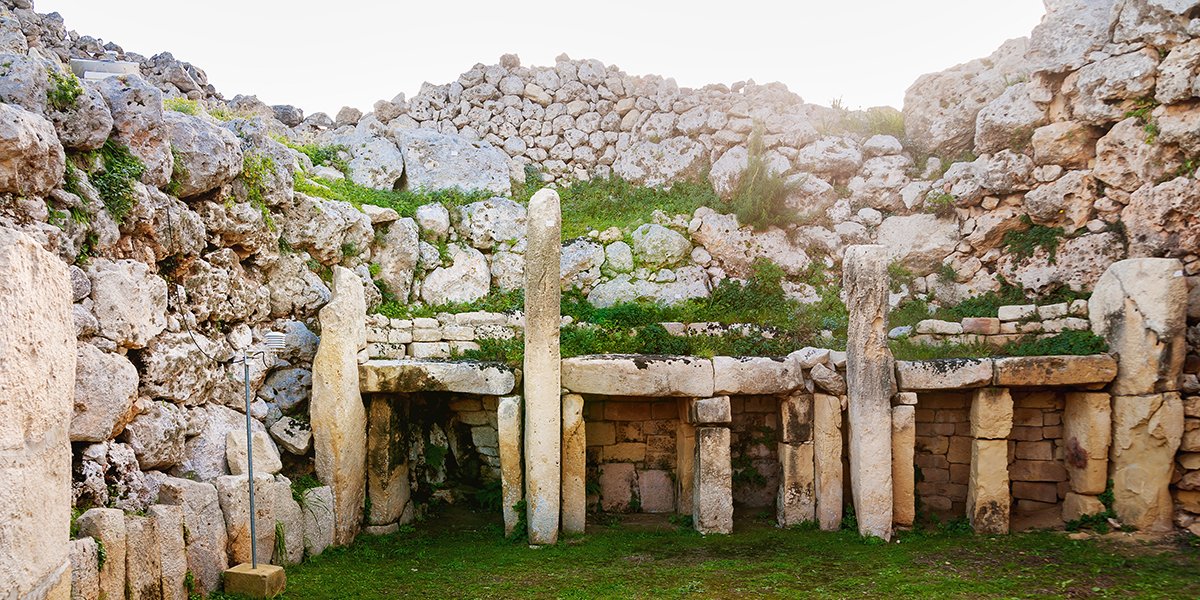The many secrets of Malta
The many secrets of Malta
The Maltese islands lying at the centre of the Mediterranean are tiny but contain an extraordinary density of historic sites, ranging from prehistory to Medieval, from the Knights of St John to WWII; collectively they offer an insight into the story of Europe.
First colonised by farmers in the Neolithic, the Temple Culture presents a sophisticated island civilisation that constructed enormous megalithic buildings embellished with unique art works and burial rituals in collective hypogea. Climatic instability and depleting natural resources saw late prehistoric societies focus on defensive sites, and a concern with the wider Mediterranean world, a theme that repeats thereafter, as societies became ever more adept in navigation and exploited Malta for its strategic position. The names Malta and Gozo derive from the Phoenician peoples who took over the islands in the first millennium BC, Melita and Ghawdex, who in turn left their traces in tombs and language. The Romans seized Malta on the fall of Carthage, and incorporated the islands in the Empire, exploiting wine and olive production and building villas and farms. Famously, St Paul was shipwrecked off Malta on route to Rome.
Less is known of Byzantine and Arabic times, but by the C12-13th the Normans of Sicily controlled Malta, and through succession and links with the Holy Roman Empire, the islands were offered to the Knights of St John of Rhodes in the C16th. The threat of Turkish domination provoked the construction of colossal fortifications around the city of Valletta, the Grand Harbour and Rabat, the main town of Gozo. Today bastions and walls present breathtaking feats of building and are remarkably well preserved, alongside splendid churches and domestic buildings. Fortress Malta again came into play during WWII when Malta held out against German invasion and the Maltese people were presented with the George Cross in recognition of their bravery.
With monuments of every age preserved, it is possible to experience unique aspects of European history in the space of a few miles. With fascinating local architecture, a distinctive island culture, evocative landscapes and excellent museums, Malta offers the visitor a unique cultural experience.
----------------------
Professor Caroline Malone (Murray Edwards 1977) has spent several decades researching the prehistory of Malta, and has excavated since 1987 on burial, settlement and monumental sites. Collaborative work with Heritage Malta and the University of Malta has resulted in their discoveries presented in museum displays and in the modern interpretation of the ancient sites.
Schedule
6.00pm - Welcome from Claire Baxter Cambridge Alumni Office and Alice Burns, Temple World
6.10pm - Talk from Professor Caroline Malone
6.45pm - Q&A with Professor Malone, facilitated by Alice Burns
7.00pm - Finish
Please note, this event will be recorded.
This talk is part of the Cambridge Alumni Travel programme, and is organised by Temple World who will be arranging the alumni journey to Malta in October 2025 accompanied by Professor Caroline Malone.
Booking information
Click the 'Book online' button to book your place for Professor Malone's talk.
Booking for this event is now closed.
